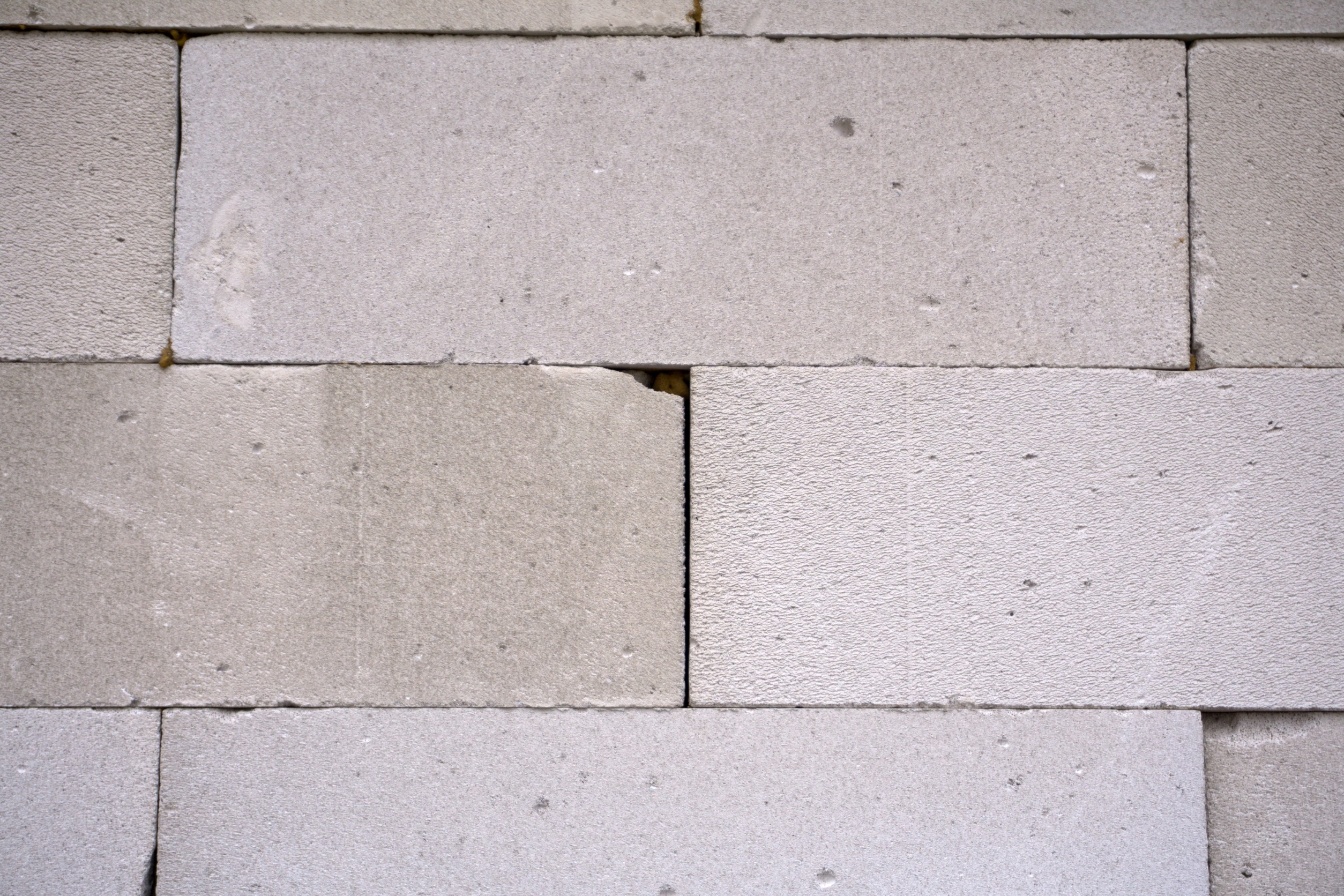Archaeologists discovered a treasure hiding in plain sight after a 17,000-year-old conch shell that lay forgotten for more than 80 years in a museum collection has been identified as the oldest known wind instrument of its type.
During a recent inventory of items at the Muséum de Toulouse in southern France, researchers re-examined the conch and realized it had been modified by its prehistoric owners to be played like a horn.
The shell, which was first discovered in a richly decorated cave in the Pyrenees in 1931, was first assumed to be a communal “loving cup” used by the Palaeolithic people whose wall art adorns the space, but a new examination unveiled that it had actually been carefully drilled and shaped to hold what experts now believe was a mouthpiece.
In order to confirm whether or not this shell is actually a pre-historic instrument, the researchers enlisted a skilled horn player who was able to produce three clear notes of C, D, and C sharp from the artifact. Fascinatingly enough, the shell has also been decorated in its inner whorls with a red pigment that is incredibly similar to the fingerprint artworks that adorn the cave walls.
“We are supposing that the shell was decorated with the same pattern as was used in the cave art of Marsoulas, which establishes a strong link between the music played [by] the conch and the images on the walls,” said Gilles Tosello, an archaeologist and cave art specialist. “That, to our knowledge, is the first time that we can see [evidence of] such a relationship between music and cave art in European prehistory.”
As for the shell itself, it belongs to an Atlantic mollusk species called Charonia lampas which, while rare, can still be found in the Bay of Biscay. Moving forward, the Guardian reports that the team hopes to experiment playing the conch in the cave where it would first have been sounded, something that Tosello expects to be “a moment of great emotion.”












